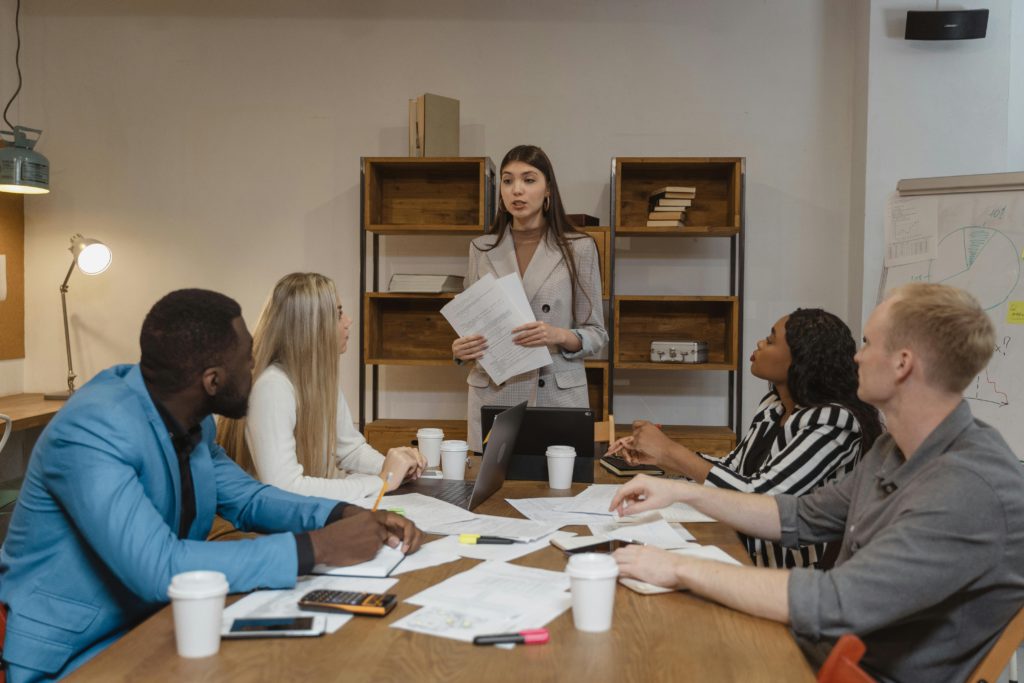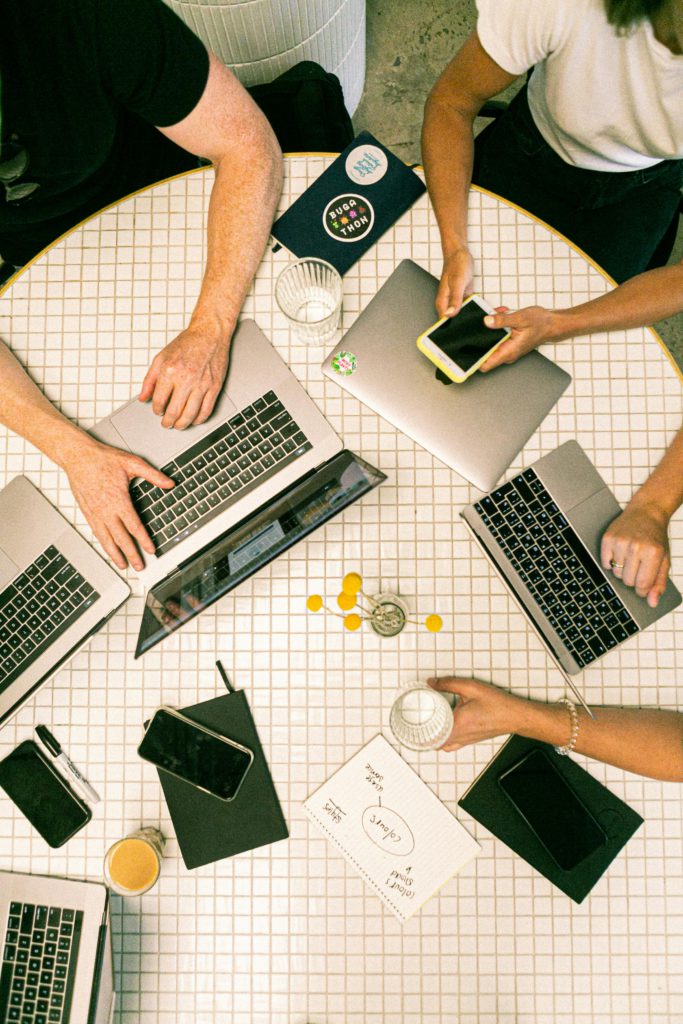Business leaders, human resources managers and other senior roles all aim to build a company that can thrive and grow. The literal foundations of that are the office space the company takes to house its workforce, with many choices to make along the way. Consider these most recent trends and essentials when it comes to keeping your workers happy and the business growing.
Changes in building and office design, from towering skyscrapers to today’s creative office and co-working spaces have helped business rethink how people can work together. The development of technology used in the office across the 20th century and the rise in worker’s rights saw offices reshaped and molded to meet the trends of the day and the requirements of changing business goals.
With some 81% percent of UK office workers spending between 4–9 hours daily at a desk, the need for some inspiration is essential. While many office trends are discussed and driven by the tech megacorps and startup culture, most businesses will find their own path to office success. From every Google office with a slide to those with caravans for meeting rooms, every progressive business now recognises the workforce is the driving engine of productivity and that a modern worker needs an environment that will encourage and challenge them to exceed.
Office Location
During the 80s, technological parks outside of the city were the conventional choice for any successful company. It allowed for more space, good accesses for those living in the suburbs and driving to work and it was near other companies, promoting and facilitating face to face professional interactions.
In the early 2000s, however, we started noticing an inversion in this tendency. Even though city centre offices can be hugely expensive and have stricter limits on what can be done to stamp your businesses’ identity on it, as the new generations started looking for the centre of the city to live and build their lives, trading bought houses for rentals, their preferences as to where they want to work also shifted. This lifestyle makes it less attractive to buy a car or to engage in long daily commutes. All of this has slowly decreased the ability of companies located in technological parks to attract talent and made the perks of working in the city centre more noticeable for employers and employees, leaving technological parks populated by legacy brands and, despite some lawn manicuring and ornamental lakes, lack many of the amenities that modern workforces need.
A classic example of the pulls and pushes on a business seeking new premises is Amazon’s search for a new second head office and their requirements, creating great political and corporate drama. Also, while Apple invested billions in its new doughnut-shaped headquarters at 1 Apple Park Way in Cupertino it is effectively yet another big technological park outside of town with the pros and cons that entails.
Office Layout and Organisation
Regarding the office layout, the end of the 90s also brought about a different point of view as to what is the best way of increasing productivity and satisfaction. This realisation started with the statement that the famous and widely spread cubicles actually harmed productivity. From then, the open space concept started being used by the coolest and most hip companies, under the supposition that it incentivised employees’ collaboration and happiness. That theory was revoked when it became clear that, in most cases, it got people easily distracted.
These days, however, this trend has evolved into a middle term between the two: Yes, large open rooms, but with multiple small to medium glass booths for 1 person or for small meetings. This way, the idea of a team working together doesn’t get lost — it is indeed easier to get to know the people you’re working with, hence collaborate with them; not jeopardising the space and silence necessary to work on tasks that demand more focus from the professionals.
Office vibe and Flexibility
Into the 21st Century, the rise of technology has transformed the typical individual desk from a bundle of wires connecting bulky and heavy computer boxes, outbreaks of Post-It notes and office supplies into a minimalist area dominated by amazingly thin flatscreens and charging points for the ubiquitous smartphone or executive notebook.
This investment in technology and state of the art devices has also become highly valued by professionals, especially when we’re talking about technology professionals, that wish to work with top gear in order to develop top software.
But offices, especially those derived from startup culture or businesses selling themselves as “great places to work” to prospects, can go far beyond technology to attract workers. In many office spaces, the coffee machine has been replaced by a small high-end barista space, massage and reflexology services are regular visitors, along with team yoga exercises and games rooms, one even has an escape room, to help people break up their day, refresh their batteries and gain inspiration for their next task. Alongside the office aspects, these spaces are all increasingly common features in companies of all sizes, offering the worker some downtime, relaxation and mindfulness at the office. This fuels happier workers which are, as proved by a research from the University of Warwick in 2014 that happiness boosts productivity by 12%, while unhappy workers will lower it by 10%.
Whatever your company’s office ambitions and requirements, at the Tech Hiring Conference you’ll get to hear more in detail how better offices can benefit your business and drive your company culture! Buy your tickets here, now!






0 Comments